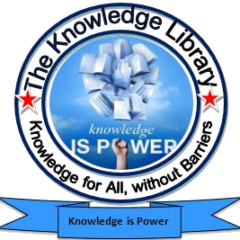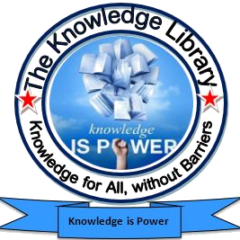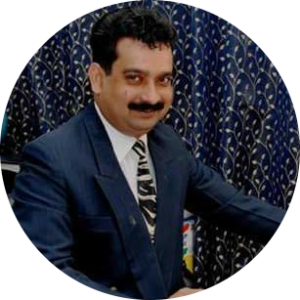Verghese Kurien (1921-2012) was an Indian social entrepreneur renowned for his pioneering work in the dairy industry. Often referred to as the “Father of the White Revolution,” Kurien was instrumental in transforming India into one of the world’s largest producers of milk. Here’s an overview of his life and contributions:
Early Life and Education
- Born: November 26, 1921, in Kozhikode (Calicut), Kerala, India.
- Family Background: Kurien was born into a Syrian Christian family. His father was a landlord and a farmer.
- Education: He completed his initial education in Kerala and later pursued a degree in Physics from the Loyola College, Chennai. He then went on to study at the Bihar Veterinary College (now part of the Bihar Animal Sciences University), where he received a diploma in dairy technology.
Career Beginnings
- Initial Challenges: After completing his studies, Kurien worked at the Dairy Division of the Indian Government’s Department of Animal Husbandry. He was initially posted in Anand, Gujarat, where he faced numerous challenges in a region where dairy farming was relatively undeveloped.
The White Revolution
- Operation Flood: Kurien’s most significant contribution was his role in Operation Flood, a program launched in 1970 by the National Dairy Development Board (NDDB) to transform India’s dairy industry. This initiative aimed to create a national milk grid and improve milk production through a cooperative model.
- Amul Cooperative: Kurien was instrumental in the success of the Amul cooperative in Anand. The cooperative, initially a small dairy cooperative, expanded under his leadership to become one of the largest dairy cooperatives in the world. The model involved farmers pooling their resources and collectively marketing their milk and dairy products.
Key Achievements
- Development of Dairy Cooperatives: Kurien’s work led to the establishment of a network of dairy cooperatives across India. These cooperatives provided a stable income for millions of dairy farmers and significantly improved rural livelihoods.
- Technological Innovations: Kurien was also involved in various technological innovations in dairy processing and production, including the development of the milk powder and ghee industry in India.
- National Dairy Development Board (NDDB): Kurien served as the chairman of NDDB for several decades. Under his leadership, the NDDB played a crucial role in implementing and expanding dairy cooperatives and improving dairy production across India.
Awards and Recognition
- Padma Bhushan: Kurien was awarded the Padma Bhushan, India’s third-highest civilian award, in 1965.
- Padma Vibhushan: In 1999, he received the Padma Vibhushan, India’s second-highest civilian award, for his contributions to the dairy industry.
- International Recognition: Kurien also received international accolades, including the World Food Prize in 2012, which recognized his impact on global food security and rural development.
Later Life and Legacy
- Post-Retirement: After retiring from his official positions, Kurien continued to be an advocate for rural development and dairy farming. He wrote several books, including his autobiography, I Too Had a Dream, which details his journey and the challenges he faced in transforming India’s dairy industry.
- Legacy: Kurien’s legacy lives on through the continued success of the Amul brand and the numerous dairy cooperatives he helped establish. His work not only transformed India’s dairy industry but also provided a model for rural development and cooperative business models worldwide.
- Death: Verghese Kurien passed away on September 9, 2012, leaving behind a lasting impact on India’s agricultural and rural sectors. His vision and leadership continue to inspire social entrepreneurs and development professionals.
Influence
Verghese Kurien’s contributions have had a profound effect on India’s agricultural sector, particularly in how cooperatives can be used to uplift rural communities. His approach to integrating technology with cooperative models provided a sustainable framework for economic development and poverty alleviation in rural areas.



 Users Today : 262
Users Today : 262 Total views : 666848
Total views : 666848